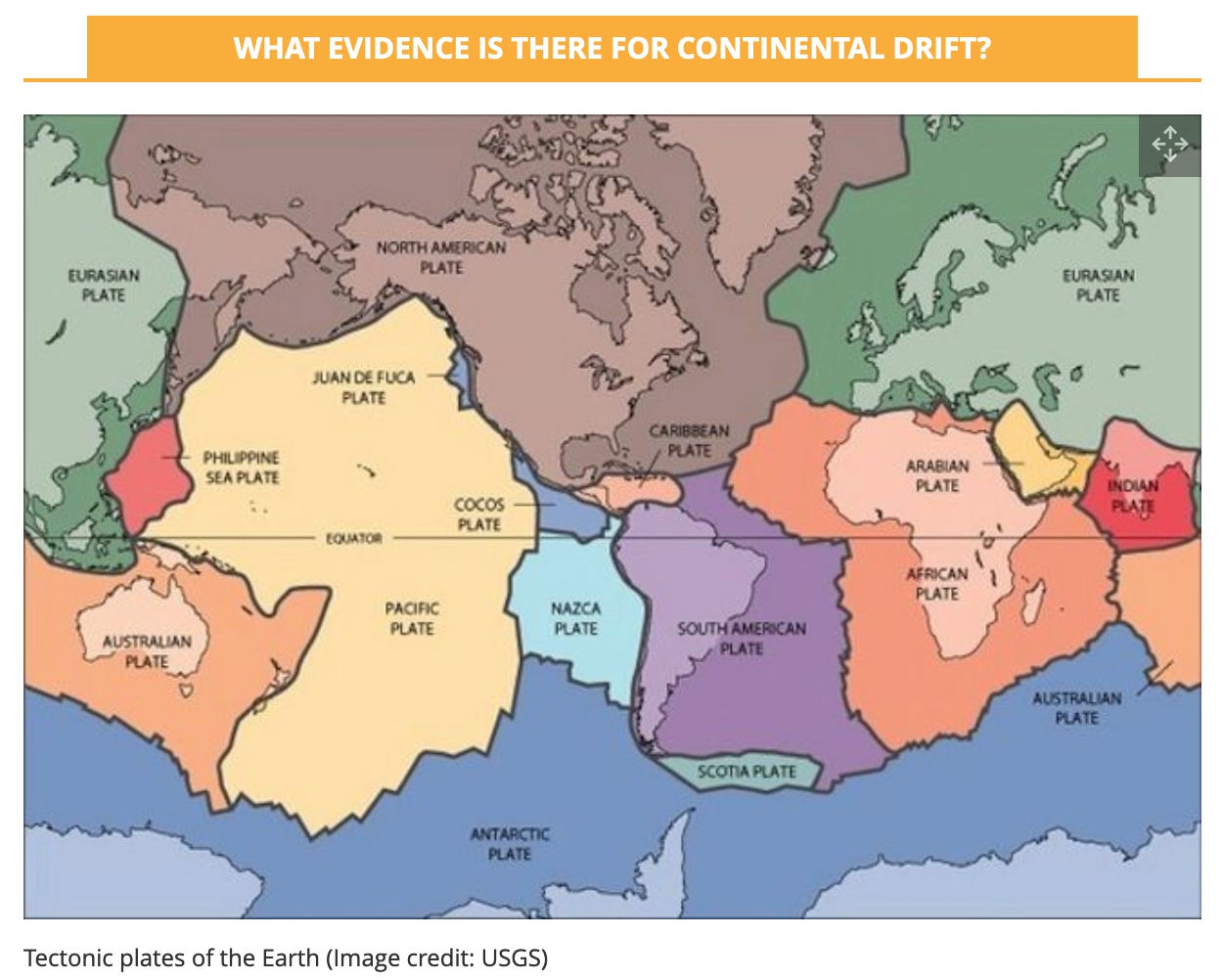Both scientists and journalists sometimes have the uncomfortable experience of seeing their research and conclusions challenged by startling new information.
If you are a true scientist or journalist, you view the new information with an open mind. And then you test it. You attempt to prove it or disprove it based on the best information you can find. The new information possibly broadens the context that you, the scientist or journalist, must take into account.
What was an accepted fact has to be reconsidered or disproven. In science, journalism and all the social sciences, really, this reevaluation happens frequently. Research and investigation continually unearth new information about a topic or event.
What constitutes a ‘fact’
I like the definitions of this issue as laid out by Kenneth Angielczyk of the Field Museum of science in Chicago.
-
A fact is an indisputable observation of a natural or social phenomenon. We can see it directly and show it to others.
-
A hypothesis is an idea that we can test with further observations. We set out to gather evidence to see if our hypothesis is supported.
-
A theory is a carefully constructed possible explanation for what we observe, drawing together many facts and hypotheses. Theories become stronger as they explain more facts. If a theory explains facts conclusively, it becomes accepted as the most likely explanation for the observed facts.
(There is an extensive historical debate about how to evaluate or verify scientific theories and hypotheses: Read more about the falsification standard and “the black swan problem”.)
Let’s start with the statement “the world is round”. This is a fact. Those who argue that the world is flat don’t have scientific evidence to support their claims. However, that doesn’t stop them from promoting their pseudo-scientific beliefs on social media and recruiting celebrities to their cause.
How continents move
When I was studying geology at university in 1970, the theory of plate tectonics and continental drift was still being proved. It explained how the continents of the eastern and western hemispheres were once part of the same continent and moved apart over some 180 million years. A glance at a globe would suggest this: the tip of Brazil would fit neatly like a puzzle piece into the notch of Africa.
Still, the theory was roundly rejected when first proposed in 1912 by the geophysicist Alfred Wegener. It was only with improved scientific methods and observations in the 1950s and ‘60s that it came to be accepted fact.
In the last century, scientists have repeatedly revised their explanations of the origins of our own species, Homo sapiens. Advances in the study of DNA, climate, and linguistics, as well as new discoveries of skeletal and cultural remains, have made our family tree more complex. The best science journalism about the topic asks independent researchers to comment on the methods and limitations of any study.
When science is politicized
As another example, let’s take the recent disastrous California wildfires. The environmental organization Earth.org acknowledges that “85-90% of [California] wildfires are caused by human activities and negligence, providing the heat source it needed to ignite.”
The El Dorado Fire in 2020, which burned down some 14,000 acres, was caused by fireworks set off at a gender reveal party. Ultimately, though, Earth.org places the blame on climate change for worsening all the natural conditions that have always played a role in the state’s forest fires.
A reporter for the podcast “This American Life” interviewed a man whose home was destroyed in the 2018 wildfire that leveled the town of Paradise, Calif., and killed 85 people. That man, Thomas Kelley, was not buying the argument that climate change was a factor. Where did he get his information? From “the ex-president of Greenpeace from Canada, I think that was in a Fox News story.”
That ex-president of Greenpeace is Patrick Moore (detailed biography here). Conservative media and Republicans love him, while liberal media and Democrats loathe him, as this opinion piece illustrates.
Moore left Greenpeace in 1986 because he felt it had become too radically left-leaning. In the 36 years since, he has made his living as a consultant to industry, including opponents of environmental groups. He is a frequent guest on Fox News programs and has testified before the US Congress.
Should we believe Dr. Patrick Moore?
He has scientific credentials. His Ph.D. dissertation was on heavy-metal contamination of the ocean by the mining industry. However, he contradicts the scientific consensus that carbon in the atmosphere generated by humans is causing global warming. Moore argues that more carbon is better, not less. The question for journalists to ask is, Show us the science, Dr. Moore.
For journalists, we need to distinguish between hypotheses and beliefs. The scientific standard is that a hypothesis that can’t be disproved is a belief.
Take the hypothesis that “after death, we go to heaven or hell”. No one can find evidence to prove or disprove that either place exists other than in sacred literature. For that matter, religious sects disagree among themselves about the afterlife. We have only poetry and prophecy, not proof or disproof. That’s the definition of a belief.
Deep Throat
Journalism has been called the first draft of history, and rightly so. For events of public interest, the news media have a responsibility to report the best information available at any given time, and to update it as necessary.
Look how the story of Watergate has continually been revised over time with new information. The identity of Deep Throat, Washington Post reporter Bob Woodward’s anonymous source who helped bring down Richard Nixon’s presidency, was revealed more than 30 years after the scandal broke. The posthumous recognition of Post editor Barry Sussman’s role as the unsung hero of the investigation is another example.
For controversial topics like safety and effectiveness of covid-19 vaccines or the causes of global warming trends, journalists have a heavy burden. They can’t independently test the scientific theories. But they can find independent authorities to verify data or offer alternative explanations. This is not easy to do when trustworthy media are trying to compete with misleading sensational headlines and viral memes.
Countering science misinformation
Nieman Lab recently published a study headlined “How science helps fuel a culture of misinformation”.
The author, Joelle Renstrom, wrote:
“We tend to blame the glut of disinformation in science on social media and the news, but the problem often starts with the scientific enterprise itself. . . . Institutions often incentivize scientists going for tenure to focus on quantity rather than quality of publications and to exaggerate study results beyond the bounds of rigorous analysis.”
The scientific publication industry itself has contributed to the problem by “preprinting” scientific work online while it is still in progress and before its methods and conclusions have been peer-reviewed.
Adding fuel to the fire are university press offices, which promote their researchers’ work to help them get grants and win awards. They sometimes exaggerate. Renstrom suggests that the scientists themselves review the press releases beforehand.
She has several other suggestions for reducing misinformation:
-
Scientists should use fewer acronyms and scientific jargon so the general public can understand the research. These are called lay summaries or plain-language summaries.
-
“Scientists can also communicate more effectively with the public by harnessing social media.” Many fail to communicate outside their own academic networks.
-
Scientists should also engage more directly with the public in order to communicate the value and trustworthiness of their work.
This story was originally published by James Breiner on his Substack and republished as a condensed version here with permission.
Photo by National Cancer Institute on Unsplash.



